
STORY
“Attention to the materials,
to particular techniques,
for items we use in our daily lives”
which make everyday life more cherishbale.
They value the relationships with people
through treasured items,
improving their techniques to create these items.
the use of things for a long time,
and the use of natural materials.
It is something that makes sense,
is not wasteful, and is a fun and stylish
addition to daily life.
at the festivals, and in everyday life.
Connections between items, the people, and the town.
Shitamachi” culture [“Edo” being the old name for Tokyo, and “Shitamachi”,
meaning “lower city”, being the name used at that time to describe the
greater-Asakusa area, known as a center of mercantilism and craftsmanship] ,
Asakusa can be appreciated more profoundly.

Asakusa The Gate is the entrance for your journey
to discover artisan culture in the Asakusa area.
Friendly competition and influence between artisans; that’s what you see in Asakusa.
Introducing our artisans, a path toward discovering Asakusa.
ARTISANS



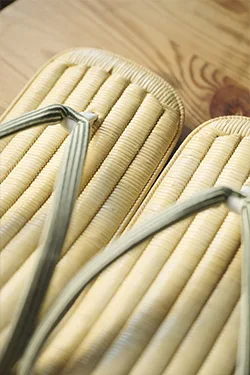
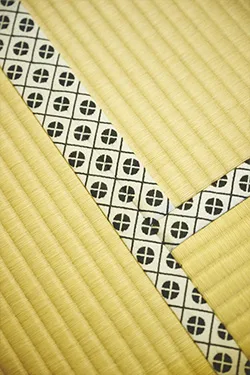

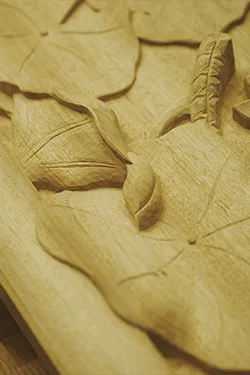

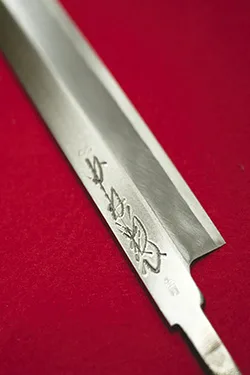
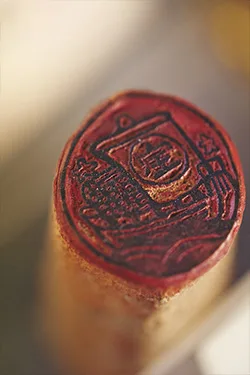










Tenugui
“Things in your daily life”
Tenugui in Kanji characters refers to hand wiping.
The origin of Tenugui is for wiping one’s hands dry after washing them.
Fujiya
A Paulownia Kimekomi box
“Keep your special fabric forever”
We have unique products.
A Paulownia Kimekomi box becomes a one-of-a-kind item for each customer.
You can even bring a special memorable fabric to make the box. We can use the fabric for your one-of-a-kind special box.
Hakocho
Sensu
“The Beauty of Folds”
The most common use of a Sensu fan is to make a breeze when it is a hot day. Sensu fans are also used for Nihon Buyo (classical Japanese dance), Rakugo (comical storytelling), Ozashiki (Geisha banquets), and tea ceremony. The most common size of a Sensu fan is 22.7 centimeters (9 inches) in length for men and 19.7 centimeters (7.7 inches) for women.
Bunsendo
Traditional Japanese Footwear
“Not only for Kimono”
Geta sandals used to be common footwear for Japanese people until around 70 or 80 years ago. When Geta sandals were worn daily, many different types of wood were used, such as cedar and pine. Paulownia wood has been considered a special wood for the Japanese because of its beautiful light color, grain, light weight, and easy workability.
Tsujiya Honten
Tatami
“Handmade tatami lasts a long time”
The history of tatami goes back to the 8th century. First, people started to make straw woven mats to reuse straw after harvesting rice. The original tatami was a layered-straw woven mat, wrapped around with Igusa plant (Juncus decipiens).
Kanai Tatami Ten
Silverware
“A craft with a connection to daily life”
We create silverware with 99.9% pure silver. Japan used to produce ⅓ of the world’s silver. Silver was carried on the river to Edo. Our silverware has very high-grade silver. Silverware shines more if there is less impurity.
Nisshin-Kikinzoku
Woodcarving
“Carve out a story from the drawing”
“Woodcarving” means creating Buddhist statues and shrine decorations from wood by hand. From design to carving, every step of the process is completed by hand.
Each item is a one-of-a-kind piece.
Sosyu
Kiriko
“Beautiful to see and
Beautiful to use”
Kiriko means European cut glass.
Kiriko is the cut glass itself and the name of the technique, too. Basically, Kiriko was an imported concept and was introduced in Japan around the end of the Edo period.
Sokichi
Knife
“Opposed to mass production”
The most important thing is to pass on the techniques from the previous generation. My father was against mass production. We make each and every one of our knives to please our customers, and that is what we value the most.
Honke Kaneso
Stamp
“Return it to nature after use”
During the Edo period, seal stamps became used by common people.
I heard that willow wood was used to make seal stamps at first. It’s very important to rethink the usage of natural wood more.